Is marketing an art or a science? A debate rages over which category fits best and people seem to have strong opinions about whether marketing falls into one grouping or the other. Some argue that marketing is a science because it’s all about analyzing data. Others contend it’s an art because it is about the human behavior —appreciating the nuances of the consumer and inviting a change in mindset to garner better results.
So which is it? Let’s start by breaking down the power of each side to better understand the whole equation.
Marketing As Science
Science aims for measurable results through testing and analysis, and it’s based on evidence rather than opinion or preference. Digital marketing has made it possible for marketers to use staggering amounts of data to track the impact of each dollar spent on their campaigns. From a customer engagement perspective, analytics allow marketers to attempt to pinpoint who potential customers are, what they want, how they want to be contacted, and what factors influence customer loyalty. Data analysis can help predict how products or services will be received and the type of messages that will resonate most. With data, marketers can determine the optimal marketing spend across channels, as well as continually optimize marketing programs through testing, measurement and analysis. We often use A/B testing to determine what changes should be made to achieve better results.
The science of marketing is really about executing controlled experiments to test hypotheses. This is the heart of the scientific method. Marketing as a science is about objectively analyzing data to support decision making. It’s about identifying patterns in the market and in customer behaviors. We recently performed a regression analysis for a client to model five years of historical sales, channel spend, and multiple other factors. The results of the analysis were profound. The analysis used the science of marketing to show patterns based on data, but then what? What do we do with all this data? It seems the key challenge for marketers today is sifting through the reams of information to find meaningful action points.
This is where art comes in.
Marketing As Art
A large part of marketing involves understanding human behavior. Marketing consciously and unconsciously creates connections by playing on emotional ties and utilizing certain aesthetics. The art of marketing is about getting your message across to consumers in a way that makes your brand more relevant, appealing and most importantly, to create an emotional response. It’s the emotions that are elicited, the visuals that catch your eye, the story that your brand creates. It’s the combination of stunning design, elegant copywriting and clever ideation. Essentially, the art of marketing is what helps to create a brand voice and make it relatable and evoke a passionate response. And, by and large, the art of marketing resists measurement and testing.
Data can help us create a better story and can make our content more discoverable, but it will never replace human creativity or our instincts and intuition. It takes marketers to analyze and turn data into models and hypotheses that can be tested. The art of marketing is about finding ways to operationalize good responses to those patterns data analysis uncovers with a relative degree of precision.
When marketers create buyer personas, they are based on insights gathered from the data we’ve collected about our target audience. However, this type of creation uses little to no science, even though our assumptions are based on research and analysis. Once the personas are created, marketers create campaigns geared towards that target audience and what incites them to consider a product or service. Each campaign involves copywriting and design, two distinctly artistic pursuits. As the campaigns roll out and results roll in, changes can be made to achieve better outcomes. Changeability isn’t a scientific process, so even the fluidity of marketing campaigns is an artistic endeavor.
The Balancing Act
Returning to the age-old question about whether marketing is an art or a science, the answer is yes! Marketing is both an art and a science. There are many aspects of marketing that defy measurement and require a skilled, artistic person to perform. Science measures the success of campaigns, while art inspires and creates them. It’s the Yin and Yang of marketing—art and science go hand in hand, working together to strengthen each other.
Let’s go back to our earlier example of the regression analysis. After the data was analyzed and graphed, someone observed the rational behavior patterns from the results and then made recommendations that recognized the emotional behavior. The data was really only half of the equation. Without a skilled marketer to interpret it and create actionable insights, memorable design, and copywriting that connects with the consumer (sometimes using good, old-fashioned gut instinct), data is really just numbers. Marketing is the juxtaposition of right and left-brain thinking, of bridging emotional, artistic storytelling with data, insights and strategy.
When it comes to the art and science of marketing, there is danger in siding with one camp or the other. The creatives who portray marketing as art are short changing themselves by ignoring measurable results. Analysts who know how marketing investments result in profit and balk at calling marketing “art” underestimate the value of the emotional connection artistic creativity and human understanding can bring to a brand. Marketing is both art and science, and you need equal parts of both.
In essence, art gives marketing impact; data gives it direction. By reaching the delicate balance of art and science, you can create compelling content and drive results your business needs for success.





